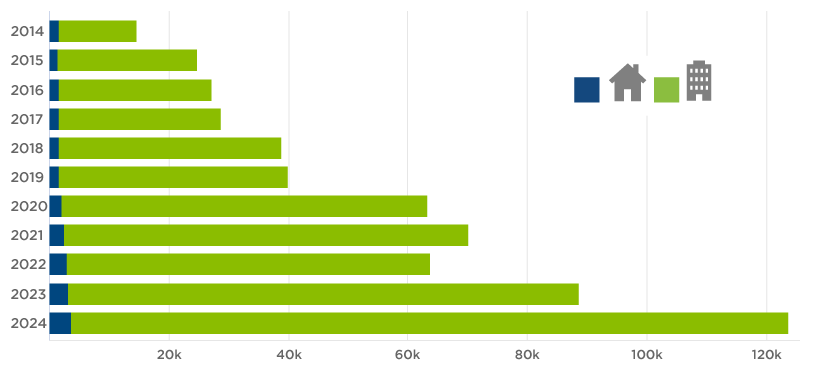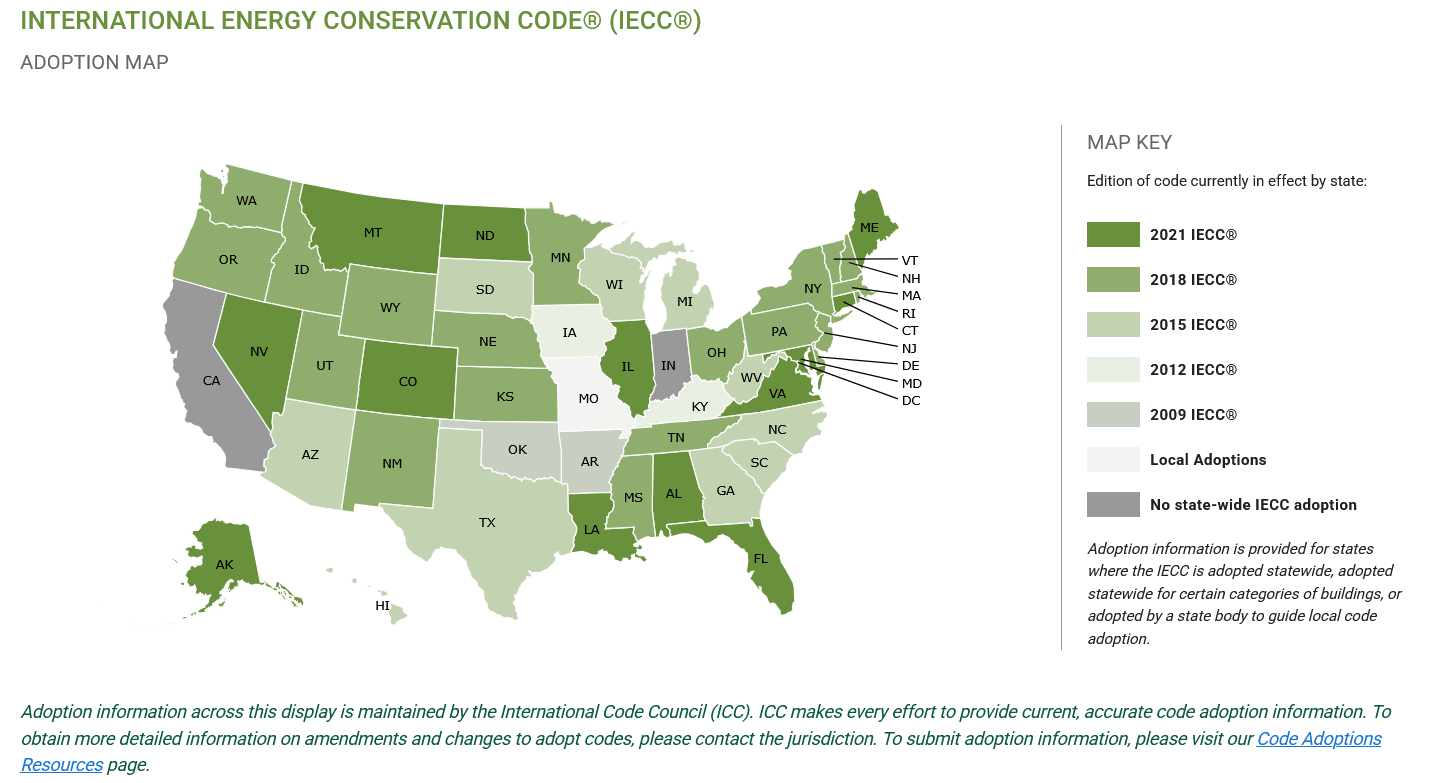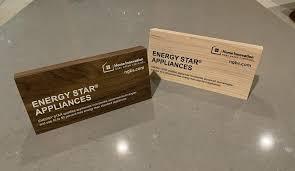

Blog
Find out what will change (and what won’t) for residential project teams in the upcoming 2025 NGBS.

Though today’s headlines tell a story of federal programs for energy efficient homes coming to an end, market demand tells a different story. Residential builders and developers continue to seek out programs focused on sustainable, healthy, and resilient housing to help them meet increased market demand and local energy codes.
The National Green Building Standard ICC 700 (NGBS), a green residential building standard approved by the American National Standards Institute (ANSI), provides a framework to stay ahead of local code changes, future-proof projects, and differentiate buildings in a competitive market.
The 2025 NGBS, the fifth version of the standard, is under final ANSI review and anticipated to be available for use next month. SWA has worked with this standard for over a decade, and we’re excited to introduce our project teams to the latest standard revisions.
Let’s take a look at what’s changing (and what’s not) for residential project teams.
Home Innovation Research Labs certified more projects under NGBS in 2024 than any year prior. Unfortunately, certifications have trended lower in 2025 due to the current political climate. But at SWA, we believe the future is strong for independent programs and standards—like LEED, PHIUS, and NGBS—that provide a framework for sustainable buildings while federal programs are reduced or eliminated.

In August, Home Innovation Research Labs announced its 700,000th NGBS certification, a milestone reflecting the program’s momentum and the housing industry’s commitment to sustainable housing. This project was Linden Grove Senior Residences in Bushwick, Brooklyn, which transformed a former parking lot into 153 high-quality, affordable senior apartments without displacing existing residents or consuming new greenfield land. SWA was proud to verify this project as NGBS Green +WELLNESS and +UNIVERSAL DESIGN (keep reading for more on the “plus” designations). The building also earned PHIUS Core (Passive House), LEED Platinum, Zero Energy Ready Home v2, ENERGY STAR v1.2, Indoor AirPlus, Active Design, and Fitwel certifications.
As Secretariat, Home Innovation Research Labs oversees a revision of the standard every five years which includes a voting consensus committee, stakeholder input, and public comment process. The ICC 700 National Green Building Standard® was last updated in 2020, and it included several notable improvements from the 2015 version:
Each update to the standard builds upon the success of its predecessor but always remains an above-code program. The 2025 NGBS was ending development prior to the approval of the 2024 International Energy Conservation Code (IECC), so its consensus committee members adopted the 2021 IECC rather than risk not knowing what would be included in the 2024 IECC. (For more information on what happened to the 2024 IECC, listen to our podcast.). However, for non-energy items, the baseline code for the 2025 NGBS are the 2024 Codes.
Because the 2025 standard aligns with 2021 IECC requirements, there are some big changes, such as:
For projects already required to comply with 2018 or later codes, this won’t impact design, construction costs, or compliance testing. But projects building under older codes have two options: continue to use the 2020 NGBS (which won’t likely be sunset for several years) or add rigor, efficiency, and third-party testing to comply with the 2025 standard.

The 2025 NGBS enhances Environmental, Social, Governance (ESG) attributes and NGBS Green will provide streamlined tools for client reporting.
The Home Innovation Research Lab previously developed a 2020 NGBS-GRESB crosswalk, and NGBS-GRESB checklists are embedded into the scoring tools identifying the GRESB (formerly Global Real Estate Sustainability Benchmarking) indicators that are fulfilled by a project’s unique green features and performance. Both the crosswalk and the GRESB scoring tool will be updated to reflect the 2025 standard.
Targeting our existing building stock is critical to occupant comfort, energy savings, and our greenhouse gas (GHG) reduction goals. NGBS Chapter 11 for existing buildings is revamped to include choices for compliance paths and clarifies where requirements are applicable to only the “newly installed” features.
For example, existing buildings can use ENERGY STAR Portfolio Manager as a compliance path for those buildings already benchmarking.
These changes should make it applicable to more project types and provide a greater impact for existing homes.
The “plus” certified designations, previously dubbed “badges,” will be added to certified projects which show exemplary performance in any or all the following categories:
While the federal definition of Zero Emission Buildings (ZEB), launched in October 2023 by the Biden administration, can no longer be found on government websites, the NGBS+ ZERO EMISSIONS certification aligns with this language and purpose. We’re hopeful ZEB will return one day to help standardize the goal of uniformity in building performance standards.
In the meantime, NGBS+ Wellness is the most popular “plus” designation since the 2020 NGBS has been in use, and we suspect it will remain so.
We’re also optimistic that NGBS+ Resilience will be implemented and recognized by municipalities and the insurance industry. When homes that meet a standard are proven to be more resilient than homes built to code, they may qualify for specific discounts and tax credits. For example, Fortified Home, a program of the Insurance Institute for Business & Home Safety (IBHS), qualifies a home for a premium discount in several states.
What we like best about the 2025 NGBS is that it speaks to the broadest spectrum of performance allowing teams to “go big” by meeting low carbon and net zero emission goals. At the same time, it doesn’t shut out projects in states where the code lags behind.
The certification process and the support provided by staff at both NGBS Green and the AXIS online platform will stay the same.
Home Innovation Research Labs is the only national certification body that administers the program and is responsible for maintaining the standard, training and accrediting NGBS Green Verifiers, issuing certification, and managing the NGBS Green Certified Product program for manufacturers.
The NGBS Green certification program runs on the AXIS platform, which helps to streamline participation. From our experience as verifiers, staff at both NGBS and AXIS provide thorough and prompt support, marketing materials (shown here), education and training, advocacy and local code adoption resources, and tools to streamline verification and certification.

An example of one of these tools are Project Cookbooks. The Home Innovation Research Lab pre-populates NGBS Green Scoring Tools with the most widely used practices to achieve specific NGBS Green certifications. Designers, builders, and verifiers can use these “cookbooks” to simplify the certification process and reduce time spent completing the scoring tool.
The 2025 NGBS stays ahead of demand by addressing trends in building codes, sustainability, and resilience. Early adoption can be a strategic advantage to remain in step with code changes and market demands, while projects that don’t meet new standards may face market disadvantages, regulatory hurdles, or increased insurance costs.
Utilizing the standard helps provide consumers and investors (and particularly foreign investors) with the healthier, energy-efficient, and resilient homes and buildings they demand.
Contact us to reach our sustainability consultants and discuss earning NGBS certification for your next residential project.
Author: Karla Butterfield, Sustainability Director at SWA, and NGBS Green Partner of Excellence and Legacy Verifier (awarded to those named Partner of Excellence for 10+ years)
Steven Winter Associates